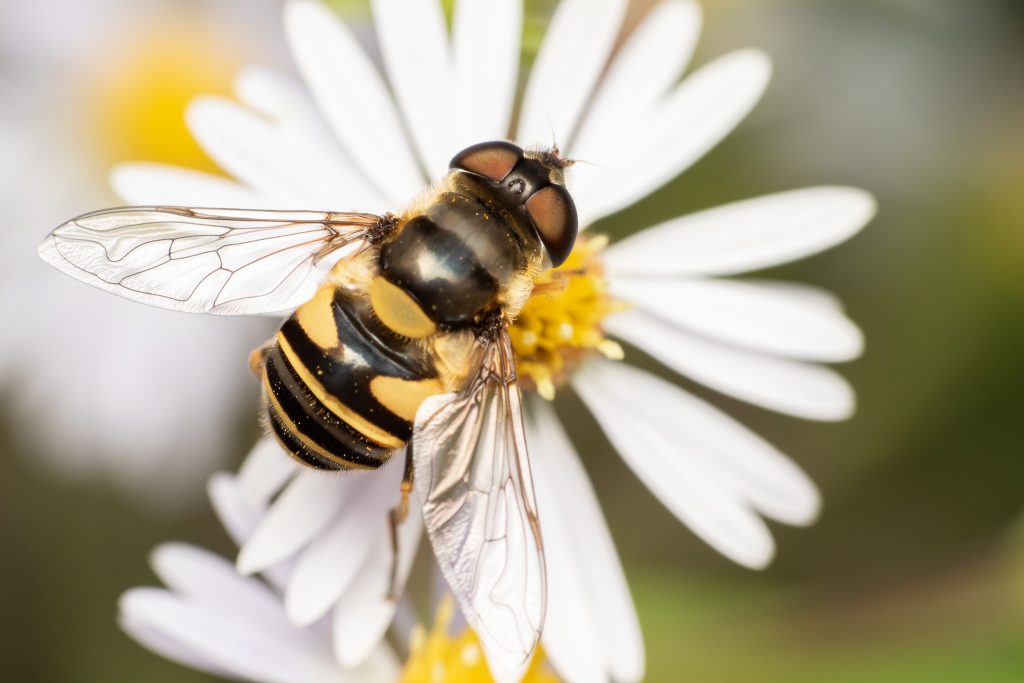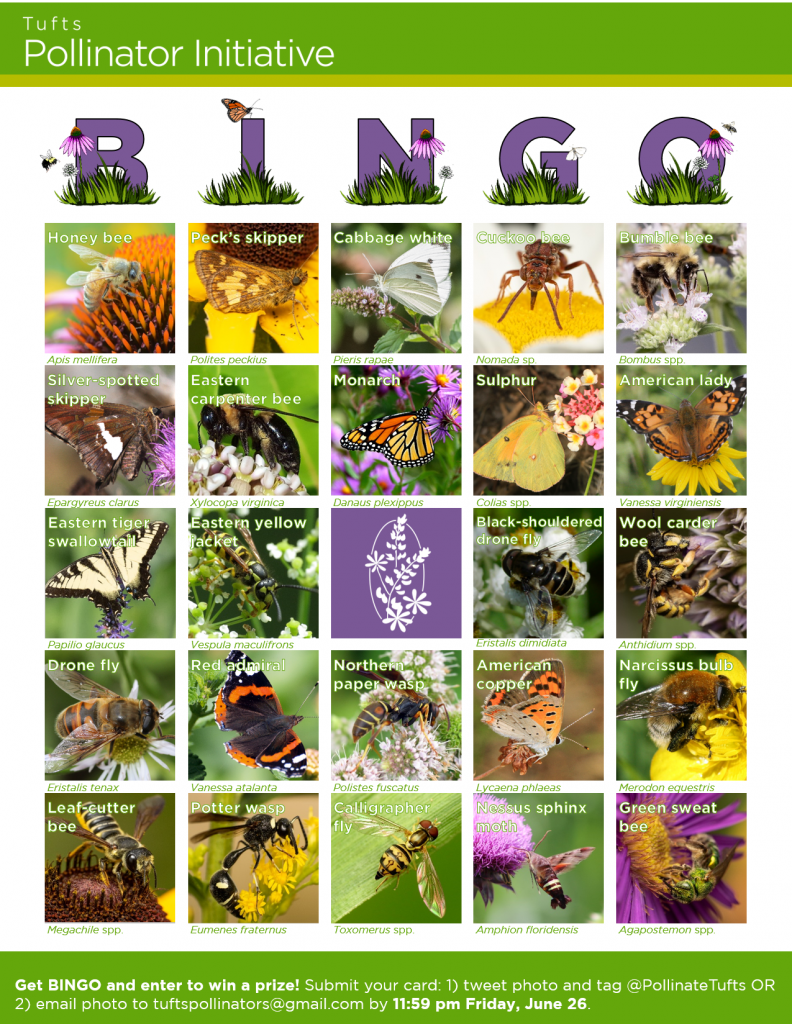Written by: Sylvie Finn, one of our newest TPI members!
It’s National Pollinator Week, so in an effort to learn about our diverse pollinators, take this quick quiz to see which pollinator is in your personality!
Directions: This is an old school keep-track-yourself type of quiz. Think personality quiz in a tween magazine. Grab a piece of scrap paper, keep track of how many A’s, B’s, C’s, etc you have, and at the end you will be able to discover something fabulous about yourself.
1. Imagine you step into your dream house. You look around and see:
A. Ornate geometric patterns
B. Sophisticated plaster work all around
C. The house you’re sitting in right now!
D. This is a hard question…I’d rather have two totally different and exciting homes
E. As long as there’s a stacked pantry, I’m happy!
F. Something I build myself to my liking
2. Your friends would describe you as:
A. Hardworking
B. Friendly
C. High strung
D. A social butterfly
E. Loyal
F. Hyper
3. On a Saturday night, you can be found:
A. Out on the town with “the girls”
B. Working in your basement
C. At a dive bar with your buddies hovering around the peanut and pretzel bowls at the bar
D. Getting your beauty rest
E. Cuddled up with a good book
F. Indulging in your sweet tooth
4. Your personal style is:
A. Whatever your friends are wearing
B. Stripes!
C. All black every day
D. Bold color choices
E. Give me that fuzzy sweater
F. Metallics anyone?
5. Your favorite color is:
A. Yellow
B. Blue
C. White
D. Pink
E. Ultraviolet
F. Red
6. You get to the park and someone is sitting on your favorite bench, you:
A. Take a seat, there’s room for two
B. Decide that going to the park was a horrible idea
C. Linger in front of the bench until the person sitting there becomes uncomfortable and leaves
D. Go to another bench, there are plenty of benches to go around
E. What person? I see a bench, I sit
F. I don’t have this problem, no one likes the kinds of benches I do
7. Your dream vacation:
A. Take me to a new city! I love a buzzing metropolis
B. Exploring a cave with your pals
C. An all-inclusive resort just for the all-you-can-eat buffet
D. Mountains of Mexico, please and thank you
E. Stay-cation works for me, as long as there are snacks
F. Take me anywhere ~TroPiCaL~
8. For your birthday this year, you want:
A. A big party with all of my of friends and acquaintances
B. A small party with only my closest friends
C. To be left alone
D. To fly in the sky! Paragliding? Skydiving?
E. To make sure those around me are well fed
F. To go on an adventure somewhere new
Time to find out which pollinator you are…
MOSTLY A’s: Honey bee (Apis mellifera)
You are the “gold” standard for bees. Known for your incredible social intelligence and honey making skills, you are very hardworking and constantly referenced. You’re a total feminist, loving to live in female-dominated society.

MOSTLY B’s: Cellophane bee (Colletes spp.)
You are an aesthetic architect. You are literally named after the materials you build with and are fashionable in your stripes and fluff. You like your alone time, but enjoy sharing experiences with friends when the time is right.

MOSTLY C’s: Hover fly (e.g. Eristalis transversa)
You are one of the lesser known pollinators and you like it that way. Your fast paced lifestyle keeps others on edge and you always stay unconventional.

MOSTLY D’s: Monarch butterfly (Danaus plexippus)
You are the poster child of all butterflies. Like a monarch, you are elegant and have very specific taste. You also are a total travel junky and love to go to new places beyond what your imagination can hold.

MOSTLY E’s: Bumble bee (Bombus spp.)
You are everyone’s best friend, smart and oh so sweet. You know how to cuddle up with a good book, but when you think theres some good food somewhere, you can zoom there quite quickly.

MOSTLY F’s: Ruby throated humming bird (Archilochus colubris)
You are many people’s favorite birds and a very special pollinator. While there are hundreds of species of humming birds in the tropics, you are the only one to grace us here in the North East. If people can catch a glimpse of you, you always dazzle them.



















